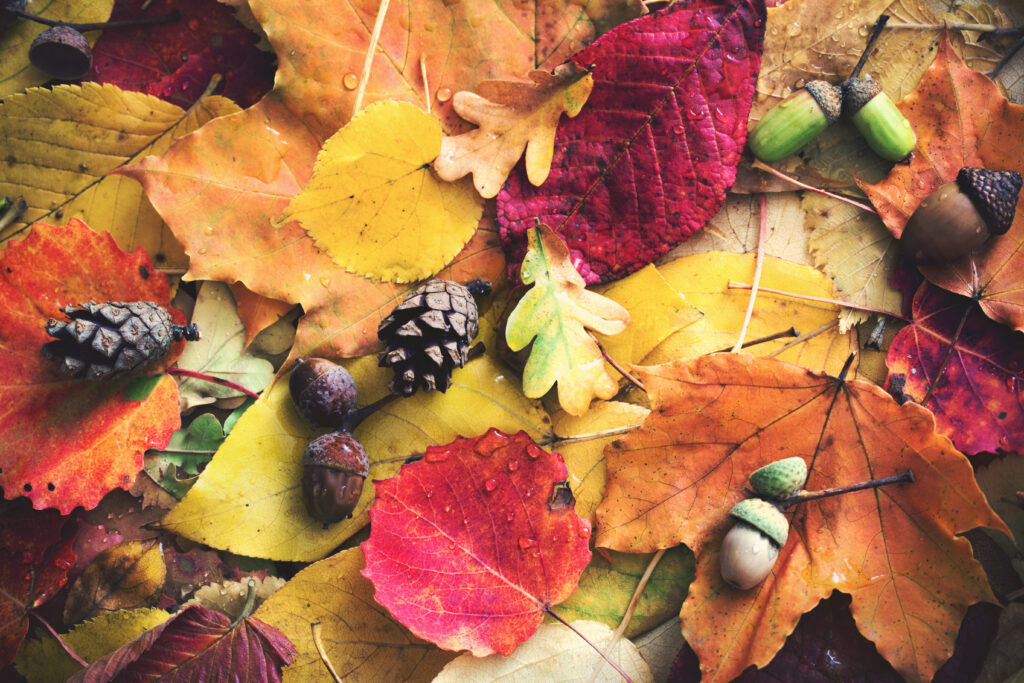Seeing Your Garden as a Sanctuary
November, with its shorter days and the gentle rustle of falling leaves, ushers us into a season of reflection and preparation. The once-vibrant garden is gradually shedding its lush foliage, but beneath this transformation lies an opportunity to connect with nature, assess our garden’s journey, and prepare for the seasons ahead.
Your garden is more than just a collection of plants; it’s a sanctuary, a space that mirrors the changing rhythms of nature. As November wraps your garden in its tranquil embrace, take a moment to ponder what you love most about this outdoor haven. Reflect on your garden’s successes and the challenges it’s faced this year. Maybe it’s time for a redesign or a new project, like cultivating a wildflower patch. Your garden is a reflection of your dreams and aspirations.
Nurturing Your Garden’s Resilience
To ensure your garden remains vibrant and resilient through the coming winter, there are essential tasks to tackle this November:
1. Mulch for Winter: Apply a generous layer of organic matter, such as garden compost, around your plants. This acts as a protective blanket, shielding their roots from the chill. Remember, a healthy garden begins with nourished soil. Fact: “The healthier the soil, the more resilient the plants will be when it comes to pests and diseases.”
2. Composting: With an abundance of dead plant material around, it’s an ideal time to start a compost heap if you haven’t already. Garden compost is a rich source of plant nutrients and a top-notch soil improver. You can create a simple compost heap using stakes and chicken wire or timber.
3. Tidying Up: Collect fallen leaves to create nutrient-rich leaf mould. While clearing leaves from lawns and pathways, strike a balance. Leave some faded plant material behind to provide a haven for overwintering creatures, offering hospitality to birds and insects during the colder months.
4. Ornamental Grasses: Trim ornamental grasses to provide structure over winter. Their seedheads are not only visually appealing but also a valuable food source for insects and birds.
5. Planting Garlic: Now is the time to plant garlic cloves. They benefit from a period of cold to produce a bountiful crop. Look for specially produced garlic cloves in garden centres and nurseries.
6. Greenhouses: Make use of the downtime by cleaning the interior of your greenhouse. To conserve energy over winter, consider insulating the roof from the inside.
7. Protecting Container Plants: Shield woody plants in containers from frost by wrapping the containers with fleece or old blankets.
8. Creating Winter Colour: Even in limited spaces, a garden in pots can bring joy. Choose trees, shrubs, perennials, and bulbs that return each year, and add small bulbs to small pots for late winter and spring colour.
November is your garden’s time for quiet rejuvenation. As you embark on these tasks, remember that your garden is a place of beauty, sanctuary, and reflection. If you seek guidance or wish to share your garden aspirations, don’t hesitate to get in touch. Let’s celebrate the tranquil magic of November together.
🍂🌿 #NovemberGarden #GardenReflection #PreparingForWinter”

